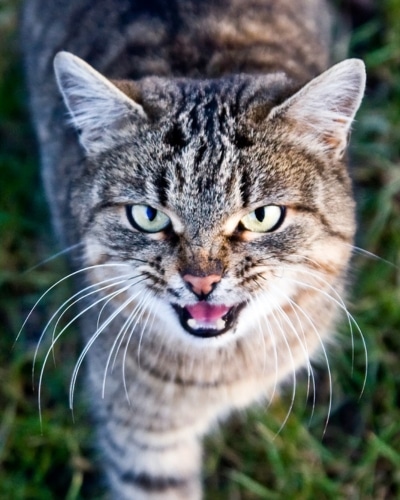Since the Covid-19 pandemic pet ownership has reached record levels and managing domestic and feral cat populations has fallen to agencies already pushed to the limit.
Cat populations are at a record high and agencies are buckling under the strain of managing the unique needs of both domestic and feral cats.
Increases in cat numbers
A sudden increase in pet ownership over the past 4 years has forced policy makers and animal management agencies to consider the needs and impact of these increased numbers of companion animals on their communities.
According to current Australian statistics, cats are a popular family pet with more than 30% of households owning a cat.
That’s a total of 4.9 million domestic cats in Australia (up from 3.3 million in 2013).
In addition the population size of feral cats in natural environments in Australia fluctuates between 1.4 and 4.6 million, depending on rainfall.

Consequences of increased cat numbers
Across all four groups of cat populations (owned, semi-owned, unowned, and feral) potential negative consequences include:
- The environment (eg negative impact on ecosystems)
- Animal welfare (eg predation)
- Urban communities (eg nuisance, hygiene) and
- Zoonotic disease (eg toxoplasmosis, salmonellosis)
Cats have a high reproduction capacity and many have a strong hunting instinct. An understanding of cat population dynamics determined by behaviour, season, food availability, habitat and human inetervention is essential for succesful management.
For many years cat behaviour has been treated as an extension of dog behaviour, when in reality cats demonstrate their own nuanced body language, have different and complex social structures, and are triggered by unique stressors.
As a result cats are often left to suffer chronic stress in silence.
Our Animal Management training is the only one in Australia that includes significant learning in cat behaviour and handling to best equip your teams with up-to-date, evidence based knowledge.
Cat management and control laws are gradually changing in each state/council across Australia, seeing many councils implementing cat control methods such as curfews. Education is vital for owners and agencies to ensure they are providing cats with their basic behavioural needs to ensure best welfare.
With such control measures being introduced animal management officers will be kept busier managing nuisance cats.
Officers need to be educated in cat behaviour in order to keep themselves safe when handling cats and to ensure the cat’s best welfare is considered whilst in their care.
Resources:
Management of cats in Australia (ava.com.au),
Animal Medicines Australia study 2021,
Enumerating a continental-scale threat: How many feral cats are in Australia? – ScienceDirect
Animal Behaviour Workshops For Vets

Animal Management Officer Training

Dog Bite Prevention Training for Workplaces

